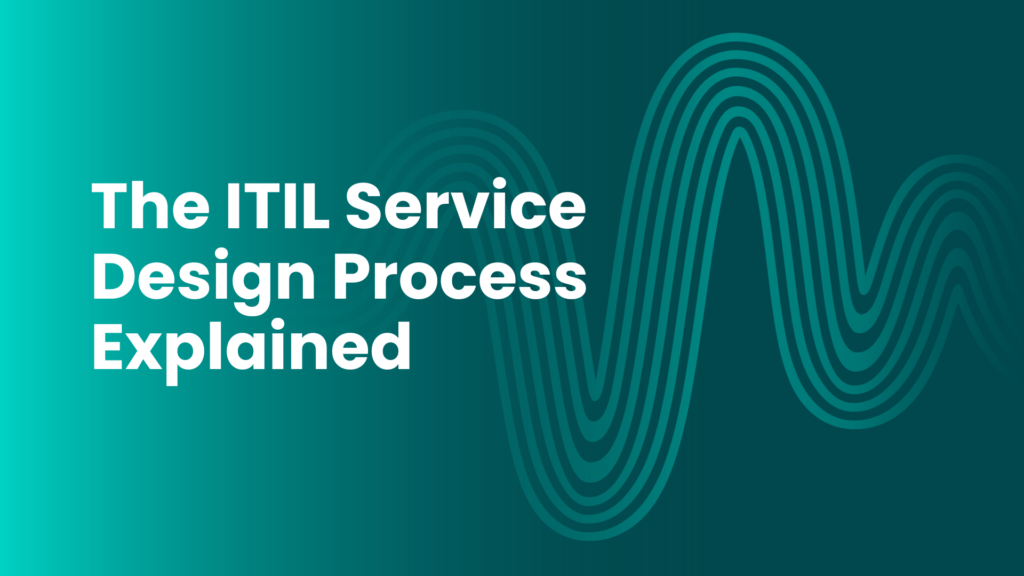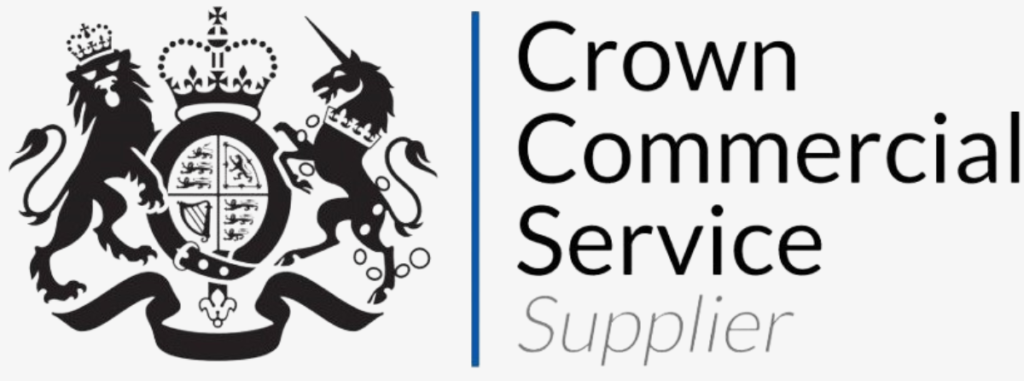
ITIL, the service management and IT service management (ITSM) body of guidance formerly known as the IT Infrastructure Library, is built on the premise of IT managed as a service. Or, more specifically, IT service delivery and support. Where a service is defined by ITIL 4 as “A means of enabling value co-creation by facilitating outcomes that customers want to achieve, without the customer having to manage specific costs and risks.”
For IT services to be effective, they need to be designed and delivered into production. This blog explains what service design is and why it’s important to ITSM.

Service Design Definitions
The purpose of the ITIL service design process, or service design practice as it’s called in ITIL 4, is:
“…to design products and services that are fit for purpose and use, and that can be delivered by the organization and its ecosystem. This includes planning and organizing people, partners and suppliers, information, communication, technology, and practices for new or changed products and services, and the interaction between the organization and its customers.”
Although the service design definition from ITIL v3/2011 definition is more transparent about the process-based complexity of what’s involved in service design:
“Service design includes the design of the services, governing practices, processes and policies required to realize the service provider’s strategy and to facilitate the introduction of services into supported environments. Service design includes the following processes: design coordination, service catalogue management, service level management, availability management, capacity management, IT service continuity management, information security management, and supplier management. Although these processes are associated with service design, most processes have activities that take place across multiple stages of the service lifecycle.”
The importance of service design
When trying to explain the benefits of service design, it’s easier to articulate what happens without it – with unwanted issues and challenges that can impact the quality and efficiency of the provided IT services. For example:
· Misalignment with business needs and objectives
· Poor quality services that might be unreliable or insecure
· Inefficient service delivery with waste and unnecessary complexity
· Difficulties in managing, monitoring, and improving the IT service(s)
· Challenges in scaling services to meet increased business needs and demands
· Higher operational costs
· A mismatch in the allocation of resources
· Services may lack standardization and consistency
· Difficulties in performance measurement
· Inadequate risk management.
The consequence of these is that customers and end-users will likely be dissatisfied with the IT services they consume.

The Key Elements of the ITIL 4 Service Design Practice
The following service design areas are taken from the most recent ITIL 4 service design guidance:
· Service planning – covering the required business outcomes, how value is created, the customer’s risk appetite, tiers of service, and how service changes across the tiers. This is undertaken in conjunction with the portfolio management practice.
· Risk identification – the ITIL 4 guidance changed the risk perspective for service design, looking at what needs to be achieved, the impact of service unavailability (including maintenance), and the impact of data leaks, corruption, or unavailability. Here, risk modelling involves both the service design practice and the risk management practice.
· Service design orchestration – the ITIL 4 definition of this is that “Service design orchestration ensures all resources required to achieve the outcome, including suppliers, information, technology, people, processes and operating models, are considered when designing and transitioning IT services”.
There are also two practice success factors:
1. “Establishing and maintaining an effective organization-wide approach to service design”
2. “Ensuring that services are fit for purpose and fit for use throughout their lifecycle”.

How the Service Design Practice is Reliant on Other ITIL Practices
Hopefully, the need for the service design practice to work with other ITSM disciplines is evident from the above. In addition to those already called out, service design activities might also need assistance from:
· Architecture management – defining architecture patterns, principles, and debt tolerance
· Business analysis – defining requirements
· Relationship management – demand management
· Information security management – defining security controls and compliance needs
· Service validation and testing – defining service acceptance criteria
· Monitoring and event management – defining monitoring patterns and event categorization
· Service desk – end-user feedback gathering
· Supplier management – supplier strategy, default contracts, and vendor measures.

The ITIL 4 Service Design Processes
In elevating what were processes in ITIL v3/2011 to practices, ITIL 4 now has multiple processes for each practice. In the case of service design, the two processes are the following:
1. Service design planning process – this is “focused on the continual improvement of the service design practice, service design approaches and models, and development of plans for complex service design instances”. There are five activities: service/product environment and requirements analysis; service design approach review and development; service design model review and development; service design instance planning; and service design plan communication.
2. Service design coordination process – this has four activities: identification of applicable design model or plan; planning design activities, resources, and capabilities; design execution; and service design review.
Business services vs. technical services
In the ITIL best practice guidance, there are two distinct service types: business services and technical services.
Business services are the IT services provided to other business functions or external customers. These services are visible to internal and external customers and should usually offer some form of measurable value to their customers. For example, managed desktop service, e-mail service, and order processing.
Technical services are the IT services that IT provides to support the business services or IT operations. They involve the technology, infrastructure, and applications required to deliver the value-adding business (IT) services. Typically, these services are not visible to the end customers and include backup and recovery, and storage. Although some technical services, such as self-service capabilities, are visible.
Both business and technical services are included in the corporate configuration management database (CMDB) linked with the configuration items (CIs) they use. However, only business services are made available to end-users in the service request catalogue, with this likely limited to the services an end-user is entitled to based on their role-based privileges.
If you would like to learn more about the ITIL service design process and the positioning of IT services in the CMDB and service request catalogue, please contact our team.



